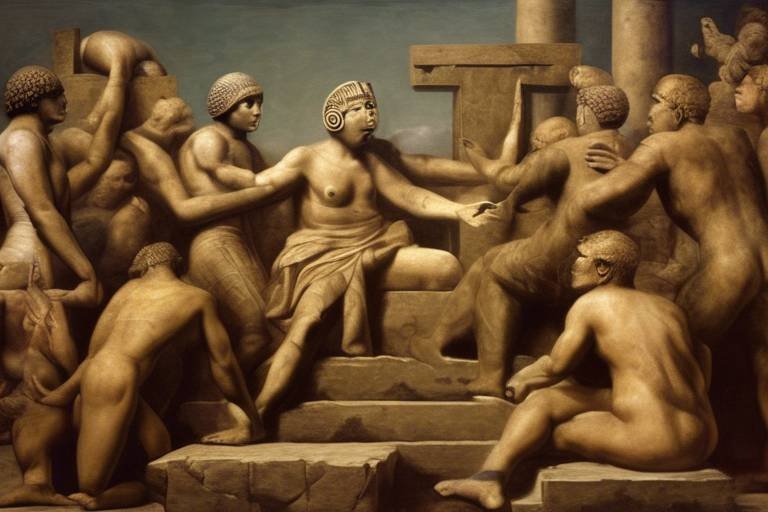The Relationship Between Art and Religion in Ancient Egypt
The relationship between art and religion in Ancient Egypt is a fascinating and intricate one that permeated every aspect of society. Art was not just a form of creative expression but a vital tool in religious practices, serving as a means to honor the gods and goddesses, convey spiritual beliefs, and ensure the continuity of the afterlife. The art of Ancient Egypt was deeply intertwined with religious symbolism, with every artistic creation carrying profound spiritual significance.
Art in Ancient Egypt played a crucial role in the portrayal of deities, with gods and goddesses depicted in various art forms such as sculptures, paintings, and hieroglyphics. These representations were not mere artistic renderings but powerful symbols that embodied divine attributes and served as a connection between the mortal world and the realm of the gods.
The temples of Ancient Egypt were not just places of worship but also magnificent works of art in themselves. Temple architecture was intricately designed to reflect religious beliefs, with every column, wall carving, and statue serving a symbolic purpose. These temples were not only physical structures but also spiritual conduits that facilitated communication with the divine.
Funerary art in Ancient Egypt played a crucial role in religious beliefs about death and the afterlife. The elaborate decorations in tombs and coffins were not merely decorative but served as guides and provisions for the deceased on their journey to the underworld. Artistic representations in funerary contexts were laden with symbolism and ritual significance, reflecting the belief in the eternal soul and the cyclical nature of life and death.
The priesthood in Ancient Egypt played a significant role in the creation of religious art, overseeing the rituals and ceremonies associated with artistic production. The act of creating art was not just a technical skill but a sacred duty, with artists and priests working together to ensure the proper execution of religious iconography and symbolism.
As religious beliefs in Ancient Egypt evolved over time, so too did artistic styles and techniques. Changes in religious practices and doctrines influenced the aesthetics and themes of art, leading to the development of distinct artistic periods characterized by unique artistic expressions. The art of Ancient Egypt thus serves as a visual record of the spiritual beliefs and cultural values of this ancient civilization.
Sacred objects and ritualistic art were integral parts of religious ceremonies in Ancient Egypt, with art serving as a means of communication with the gods and as offerings in religious rituals. The creation of sacred objects required meticulous craftsmanship and adherence to religious guidelines, with each object carrying symbolic meanings and spiritual significance.
The legacy of art and religion in Ancient Egypt continues to captivate and inspire scholars and art enthusiasts to this day. The enduring impact of Egyptian art on subsequent cultures, the preservation of art in temples and tombs, and the ongoing study of the art-religion connection all testify to the profound influence of Ancient Egyptian beliefs and artistic practices on the course of human history.

Symbolism in Ancient Egyptian Art
Symbolism played a crucial role in Ancient Egyptian art, serving as a means to convey deep religious beliefs and cultural significance. Hieroglyphics, the intricate system of writing, were not just a form of communication but also a symbolic representation of sacred concepts and stories. The use of animal symbolism was prevalent, with each animal carrying specific meanings and associations with deities or aspects of the divine. For example, the falcon symbolized the god Horus, representing protection and kingship. Additionally, the representation of gods and goddesses in specific forms was laden with symbolism, each pose, gesture, and attribute holding profound religious meaning.

Divine Depictions in Art
Divine Depictions in Art in Ancient Egypt were not mere representations of gods and goddesses but intricate expressions of religious beliefs and spiritual significance. The portrayal of deities in various art forms served a dual purpose - to honor and worship the gods and to convey their divine attributes to the people. Gods and goddesses were often depicted in human or animal forms, each with specific symbols and characteristics that communicated their roles and powers in the divine realm.
Ancient Egyptian artists skillfully incorporated symbolism into their depictions of deities, using hieroglyphics, animal symbolism, and distinctive iconography to convey deeper meanings. For example, the god Horus, often represented with the head of a falcon, symbolized protection and kingship. Similarly, the goddess Isis, depicted with outstretched wings, represented motherhood and magic. These symbolic representations not only adorned temples and tombs but also served as visual cues for the faithful to connect with the divine.
Moreover, the importance of religious iconography in Ancient Egyptian art cannot be overstated. Each deity was associated with specific symbols and attributes that were consistently portrayed in art to maintain continuity and ensure recognition. The use of standardized iconography helped establish a visual language that transcended time and space, allowing individuals across generations to identify and reverence the gods through art.
Divine Depictions in Art also played a crucial role in conveying the complex mythology and religious narratives of Ancient Egypt. Through intricate paintings, sculptures, and reliefs, artists depicted scenes from religious texts and myths, bringing to life stories of creation, divine battles, and the afterlife. These artistic representations not only entertained and educated the populace but also reinforced the religious beliefs and moral values upheld by the society.
In conclusion, Divine Depictions in Art in Ancient Egypt were not mere artistic expressions but profound reflections of the religious beliefs and spiritual worldview of the civilization. The intricate symbolism, meticulous iconography, and narrative richness of these artistic creations continue to captivate and inspire modern audiences, offering a glimpse into the profound connection between art and religion in the ancient world.

Artistic Elements in Temple Architecture
In Ancient Egypt, temple architecture was not merely functional but also deeply symbolic and artistic. The temples were designed as sacred spaces that reflected the religious beliefs and cosmology of the ancient Egyptians. These structures were adorned with intricate carvings, hieroglyphics, and paintings that served both decorative and symbolic purposes. The use of columns, pylons, and obelisks in temple design not only provided structural support but also conveyed religious meanings. For example, the hieroglyphs and reliefs on temple walls often depicted scenes from religious texts and mythological stories, emphasizing the importance of rituals and beliefs in Egyptian society.
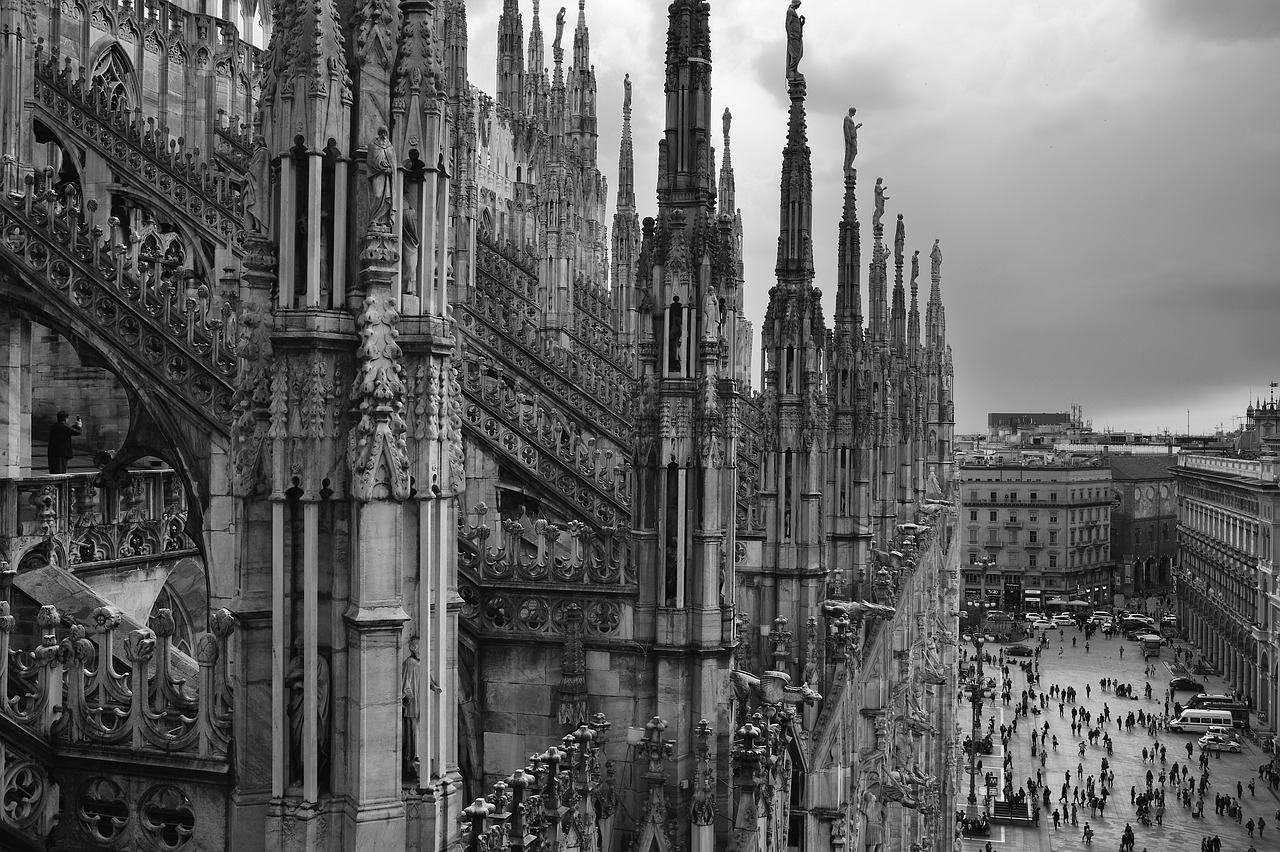
Funerary Art and Religious Beliefs
Funerary art played a significant role in ancient Egyptian religious beliefs, reflecting the culture's profound views on death, the afterlife, and spiritual transformation. The Egyptians believed in a complex journey after death, where the deceased would encounter various challenges and ultimately reach the afterlife. To prepare for this journey, elaborate funerary rituals and art were essential to ensure a successful transition.
Tombs and coffins were adorned with intricate paintings, hieroglyphics, and symbolic representations that served both practical and spiritual purposes. These artistic depictions were not merely decorative but held deep religious meanings, guiding the deceased through the perilous journey to the afterlife. The walls of tombs were filled with scenes of daily life, mythological stories, and rituals, all aimed at assisting the deceased in their passage to the realm of the gods.
One of the most iconic examples of funerary art in ancient Egypt is the Book of the Dead, a collection of spells and illustrations intended to aid the deceased in navigating the afterlife. These texts were meticulously written and illustrated on papyrus scrolls, emphasizing the importance of proper preparation for the journey beyond death. The intricate symbolism and detailed instructions provided in the Book of the Dead highlight the Egyptians' deep-seated beliefs in the continuity of existence beyond the physical realm.
Furthermore, the practice of mummification, which involved preserving the body for the afterlife, was closely intertwined with religious beliefs. The elaborate process of mummification was considered essential to ensure the deceased's physical form remained intact for their eventual resurrection and reunion with their spirit in the afterlife. The intricate rituals surrounding mummification and the placement of amulets and protective symbols within the wrappings underscored the Egyptians' profound reverence for the continuity of life beyond death.
Overall, funerary art in ancient Egypt served as a powerful expression of religious beliefs and practices, encapsulating the culture's profound understanding of the cycle of life, death, and rebirth. The intricate symbolism, meticulous craftsmanship, and spiritual significance of funerary art continue to captivate and intrigue scholars and enthusiasts alike, offering a glimpse into the rich tapestry of beliefs that guided the ancient Egyptians through their journey into the afterlife.
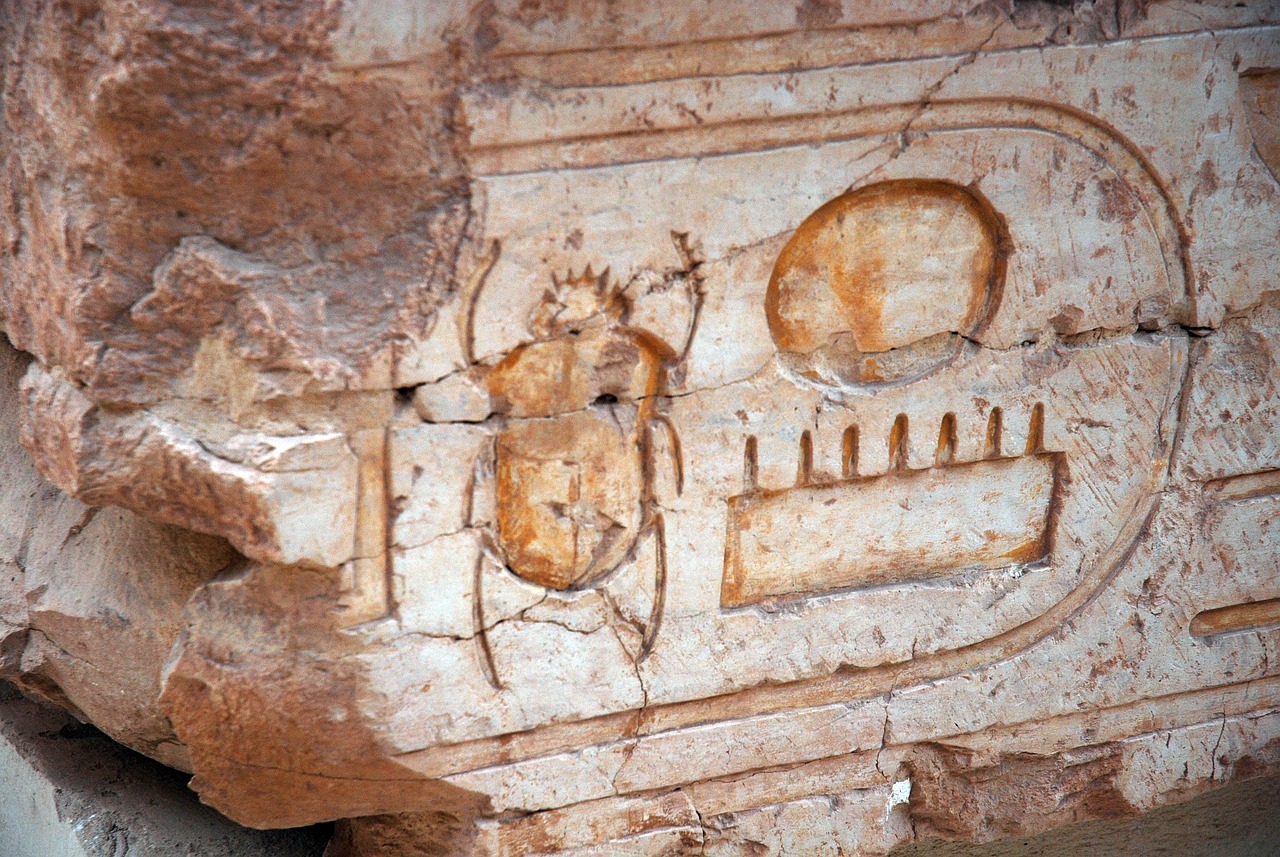
Role of Priesthood in Artistic Creation
The role of priesthood in Ancient Egypt played a crucial part in the creation of artistic works that were deeply intertwined with religious practices. Priests were not only religious leaders but also skilled artisans who were responsible for producing art that served the gods and reflected the spiritual beliefs of the society. They were considered the intermediaries between the people and the divine, translating religious doctrines into tangible forms through art.
Within the temples, priests were involved in every aspect of artistic creation, from designing intricate hieroglyphic inscriptions to crafting statues of gods and pharaohs. Their artistic endeavors were not merely decorative but held profound religious significance, symbolizing the divine presence and conveying sacred teachings to the worshipers. The act of creating art was seen as a form of worship and devotion, with each stroke of the brush or chisel imbued with spiritual meaning.
The rituals associated with artistic production were highly ceremonial, with priests performing sacred rites to bless the materials and tools used in creating religious art. The process of making art was considered a sacred duty, requiring meticulous attention to detail and adherence to traditional techniques passed down through generations. Through their artistic endeavors, priests sought to honor the gods, perpetuate religious traditions, and ensure the spiritual harmony of the community.
Moreover, the priesthood held the knowledge and understanding of religious symbolism, iconography, and mythological narratives that were essential for the creation of meaningful and accurate representations in art. They were the custodians of religious lore and traditions, entrusted with the task of preserving the sacred teachings through visual means. The role of priesthood in artistic creation thus extended beyond mere craftsmanship to encompass spiritual guidance and the communication of divine truths through art.
In essence, the priesthood in Ancient Egypt was not only responsible for the administration of religious ceremonies but also for the creation of art that served as a bridge between the earthly realm and the divine realm. Their involvement in artistic production was essential for maintaining the spiritual integrity of the society, ensuring that religious beliefs were preserved and transmitted through the enduring legacy of Egyptian art.
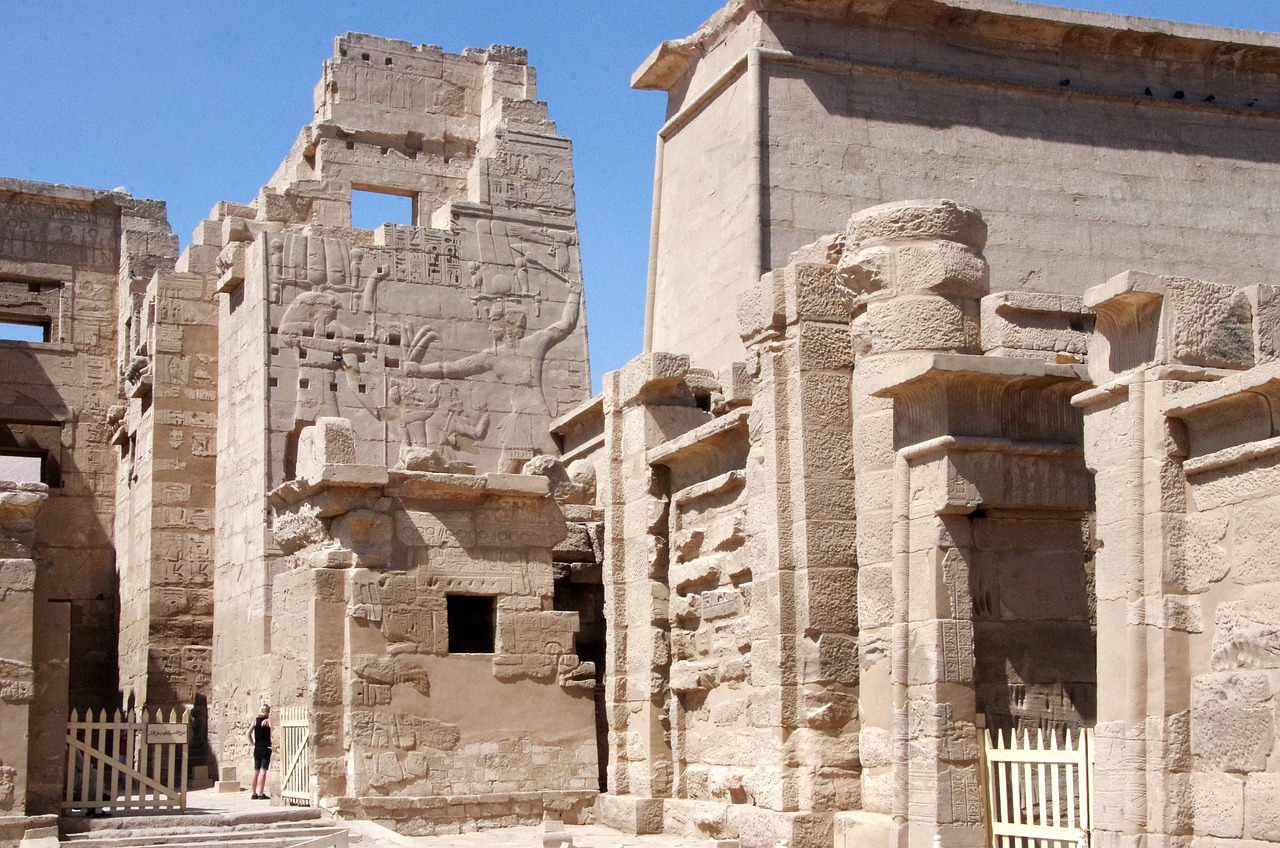
Evolution of Artistic Styles in Relation to Religion
Artistic styles in Ancient Egypt underwent significant evolution over millennia, intricately intertwined with the religious beliefs and practices of the civilization. The early periods of Egyptian art were characterized by a strict adherence to artistic conventions, with a focus on idealized forms and symbolic representations. As religious beliefs evolved and diversified, so too did the artistic styles used to convey them. The Old Kingdom period saw the emergence of monumental sculpture and intricate relief carvings in tombs, reflecting the Egyptians' reverence for the afterlife and their elaborate funerary practices.
During the Middle Kingdom, artistic styles became more naturalistic, with a greater emphasis on depicting human emotions and individual characteristics. This shift in style coincided with a broader societal focus on personal piety and the role of the individual in religious devotion. The New Kingdom period witnessed a golden age of Egyptian art, marked by grand temple complexes, colossal statues of pharaohs and gods, and elaborate wall paintings that depicted religious ceremonies and mythological narratives in vivid detail.
The Amarna period, under the reign of Akhenaten, brought about a radical departure from traditional artistic styles, with a shift towards a more naturalistic and expressive form of art. This artistic revolution mirrored Akhenaten's religious reforms, which centered around the worship of the sun god Aten to the exclusion of other deities. The subsequent return to traditional artistic conventions after Akhenaten's reign marked a reassertion of the old religious beliefs and artistic norms, highlighting the close relationship between art and religion in shaping Egyptian society.
Throughout Egyptian history, artistic styles continued to evolve in response to changes in religious beliefs, political developments, and cultural influences. The intricate intertwining of art and religion in Ancient Egypt not only produced stunning works of art but also served as a reflection of the spiritual beliefs and values of the civilization. The legacy of this artistic evolution continues to captivate and inspire scholars, artists, and enthusiasts alike, showcasing the enduring power of art to convey the profound connection between humanity and the divine.

Sacred Objects and Ritualistic Art
Sacred objects and ritualistic art played a crucial role in the religious practices of Ancient Egypt, serving as tangible manifestations of spiritual beliefs and customs. The creation of sacred objects, such as amulets, statues, and ceremonial vessels, was intricately linked to the rituals and offerings made to the gods. These objects were crafted with precision and care, often using precious materials like gold, silver, and gemstones to emphasize their sacred nature and importance in religious ceremonies.
Ritualistic art, on the other hand, encompassed a wide range of artistic expressions used in religious rituals and ceremonies. From elaborate wall paintings in temples depicting mythological scenes to intricate carvings on temple walls and columns, art was integrated into every aspect of religious practices. Symbolism played a key role in ritualistic art, with each symbol carrying deep spiritual significance and serving as a visual language to communicate with the divine.
Moreover, ritualistic art was not only about aesthetics but also about functionality. Objects used in religious ceremonies were designed to facilitate the communication between the human and divine realms, acting as conduits for spiritual energy and blessings. The act of creating and using ritualistic art was seen as a sacred duty, with artisans and priests working together to ensure the proper execution of religious rituals and ceremonies.
Through the creation and use of sacred objects and ritualistic art, the ancient Egyptians sought to maintain harmony with the gods, honor their ancestors, and ensure the continuity of life beyond the earthly realm. These artistic expressions not only reflected the religious beliefs and practices of the time but also served as a tangible link between the mortal world and the divine realm, bridging the gap between the physical and spiritual dimensions of existence.
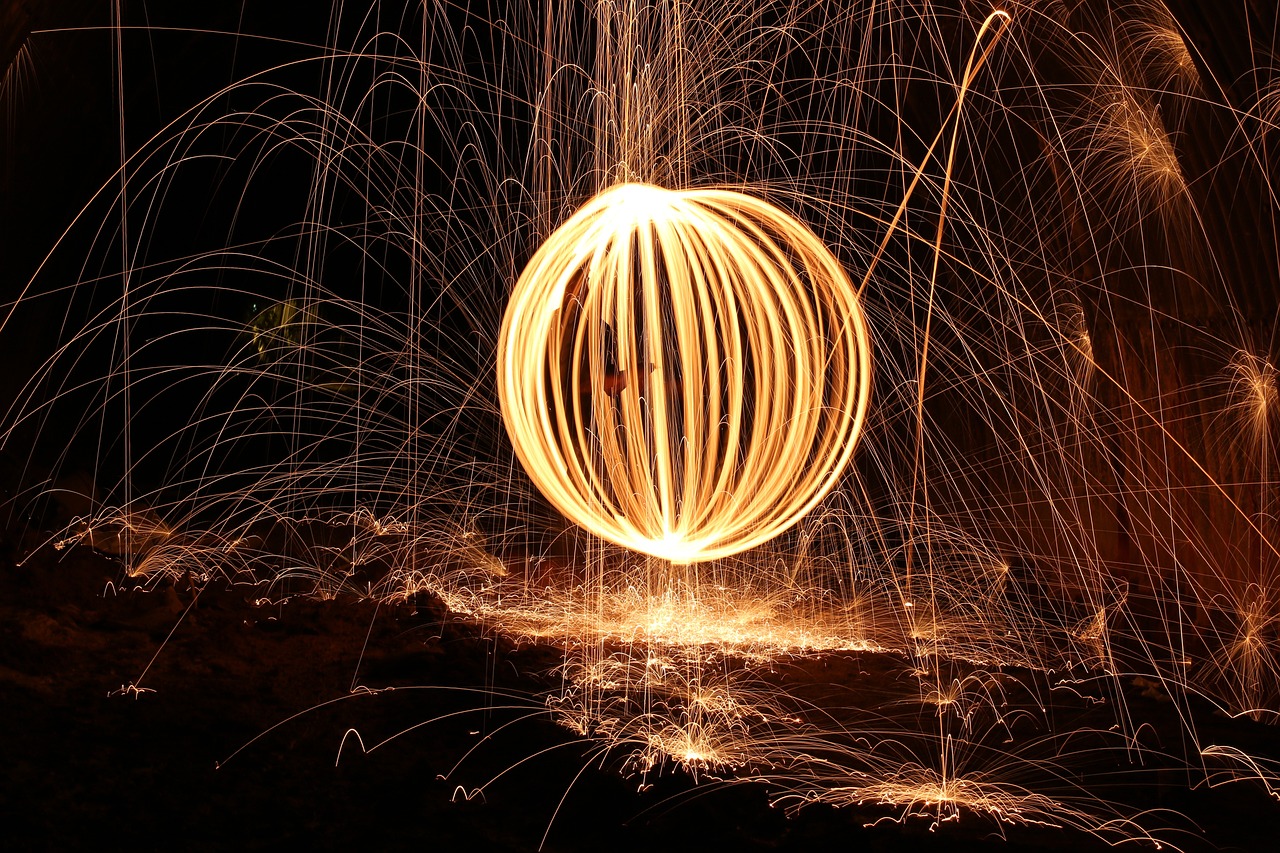
Legacy of Art and Religion in Ancient Egypt
When we look back at the rich history of Ancient Egypt, it's impossible to ignore the profound impact that art and religion had on shaping this civilization. The legacy left behind by the intricate artwork and deep religious beliefs of the ancient Egyptians continues to fascinate and inspire people around the world today. The art of Ancient Egypt served not only as a form of creative expression but also as a powerful tool for conveying religious teachings and beliefs to the masses.
One of the most enduring legacies of Ancient Egyptian art is the preservation of their masterpieces in temples and tombs. The elaborate murals, statues, and hieroglyphic inscriptions found in these sacred spaces provide valuable insights into the religious practices and beliefs of the ancient Egyptians. These artistic treasures have stood the test of time, allowing us to appreciate and study the artistry and symbolism that were integral to their religious traditions.
Furthermore, the influence of Egyptian art and religion can be seen in the artistic styles and religious practices of later cultures. The iconic images of pharaohs, gods, and goddesses that adorned the walls of Egyptian temples and tombs have inspired countless artists and designers throughout history. The intricate symbolism and attention to detail in Egyptian art continue to captivate audiences and serve as a testament to the enduring power of artistic expression.
Moreover, the connection between art and religion in Ancient Egypt laid the foundation for the development of complex belief systems and rituals that shaped the spiritual life of the people. The elaborate funerary practices, the belief in an afterlife, and the veneration of deities all found expression through the art and architecture of the time. The legacy of this artistic and religious heritage lives on in the modern world, influencing art, architecture, and spirituality in profound ways.
In conclusion, the legacy of art and religion in Ancient Egypt is a testament to the enduring power of human creativity and spirituality. By studying the art and religious practices of this ancient civilization, we gain a deeper appreciation for the complexities of human belief systems and the role of art in shaping cultural identity. The legacy of Ancient Egyptian art and religion continues to inspire awe and wonder, reminding us of the timeless connection between creativity, spirituality, and the human experience.
Frequently Asked Questions
- What was the role of art in Ancient Egyptian religious practices?
Art played a crucial role in Ancient Egyptian religious practices as it was used to depict and honor deities, convey religious beliefs, and facilitate rituals and ceremonies. The intricate artwork found in temples, tombs, and sacred objects served as a visual representation of the gods and goddesses, as well as a means of connecting with the divine.
- How were gods and goddesses portrayed in Ancient Egyptian art?
Gods and goddesses in Ancient Egyptian art were often depicted with symbolic features and attributes that represented their divine characteristics. They were shown in human or animal form, with specific symbols and headdresses that identified their roles and powers. The art aimed to convey the god's significance and invoke their presence in religious contexts.
- What is the significance of temples in Ancient Egyptian art and religion?
Temples in Ancient Egypt were not only religious structures but also artistic expressions of the beliefs and values of the society. They were designed with intricate carvings, paintings, and statues that reflected the cosmology and mythology of the Egyptian religion. Temples served as sacred spaces for worship, rituals, and offerings to the gods.
- How did artistic styles in Ancient Egypt evolve in relation to religious beliefs?
The evolution of artistic styles in Ancient Egypt was closely tied to changes in religious beliefs and practices. Different periods of Egyptian history saw shifts in artistic themes, techniques, and aesthetics that mirrored the evolving religious landscape. Artistic expressions were influenced by the prevailing religious ideologies and cultural developments of the time.






